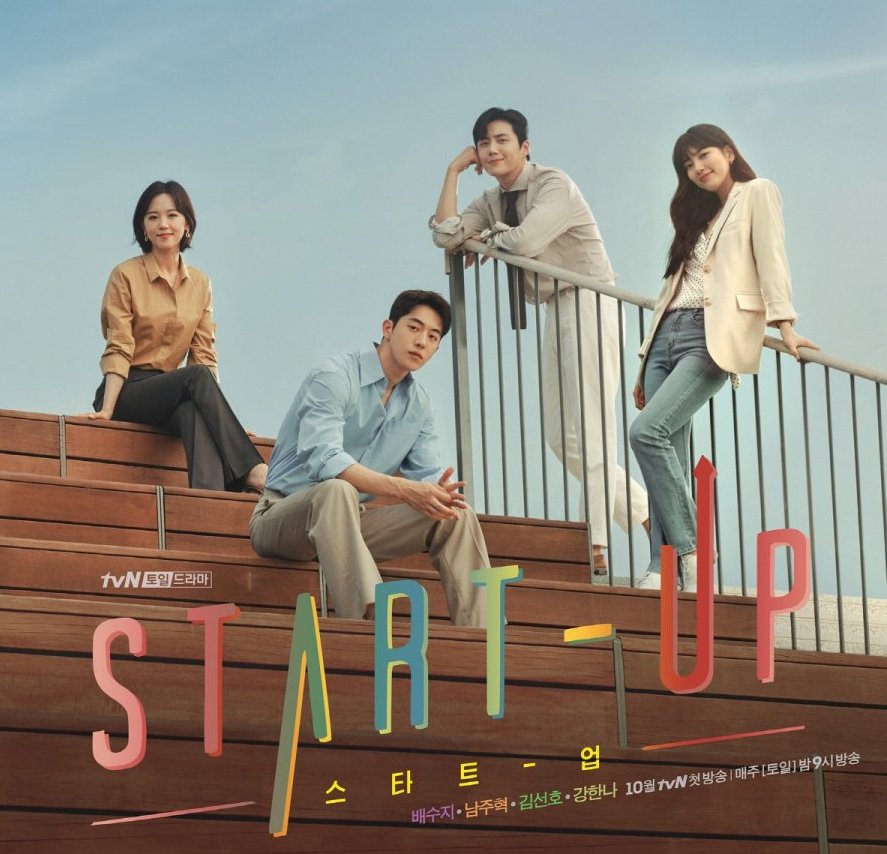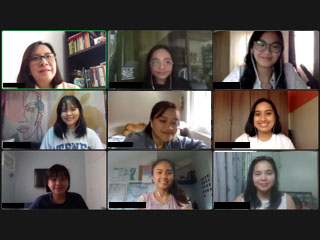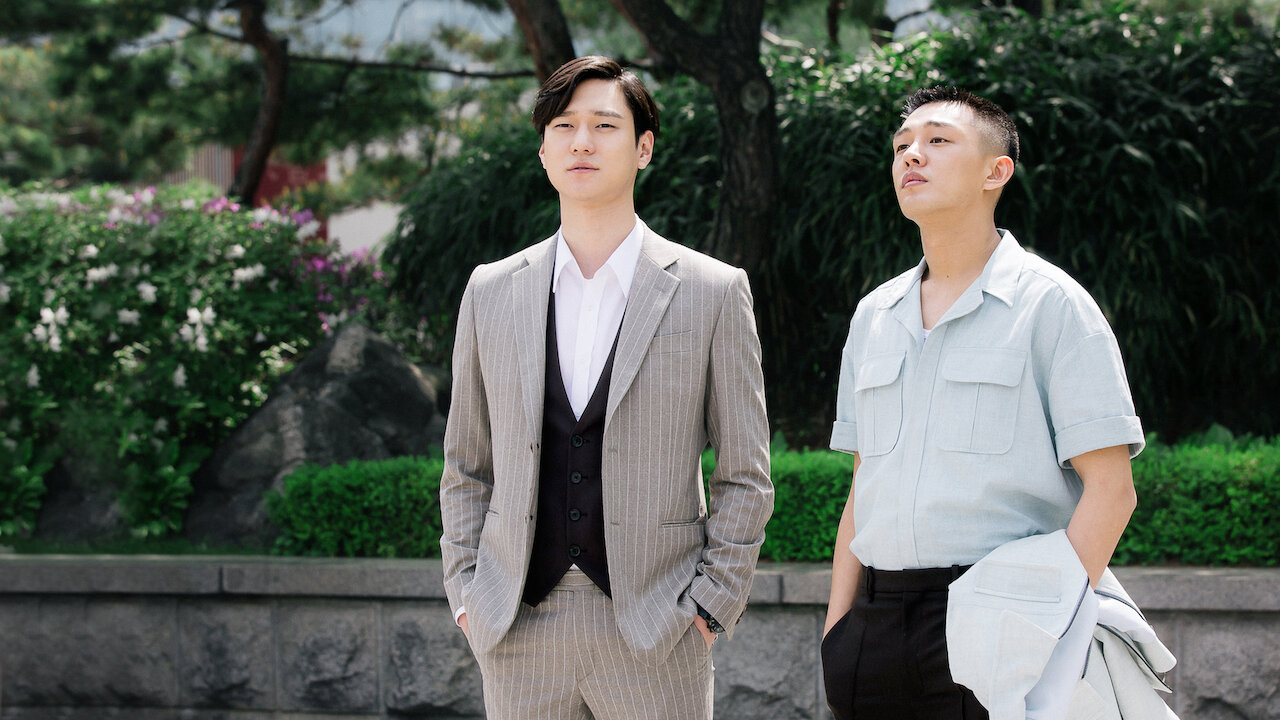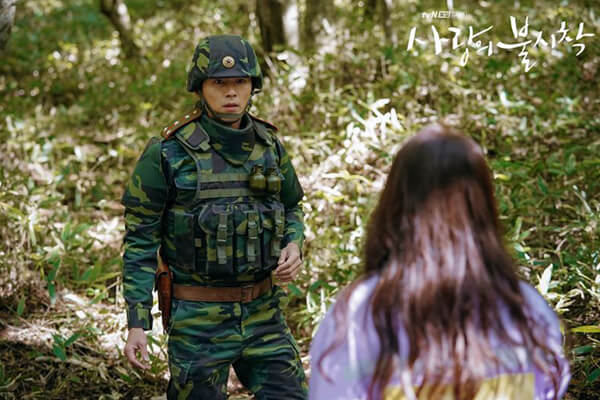Here’s why K-drama is one of UP’s most popular classes
From mere single digit numbers, the demand jumped to hundreds within a week. The clamor was akin to much-awaited concert tickets or limited-edition albums. But the hype of pop culture, specifically K-pop culture, it seems, has permeated itself in the academe.
When BC 196: Analysis of Korean Drama first emerged on the University of the Philippines (UP) Diliman Computerized Registration System (CRS), several students flocked to pre-enlist for it.
Alongside the rest of the flock of at least 300, I enlisted for that class, hoping the odds were on our side because there were 300 of us and just one instructor who had signed up for the job.
UP CMC faculty member Amor Aljibe, with her experience as an executive in film outfits and broadcast networks, first pitched the idea of a course based on the Korean drama to the Department of Broadcast Communication.

And with the K-drama hype proving to create interesting enough case studies for a media class, the department gave her the go signal. But what she never expected was that it would garner more than 10 times the number of students she originally needed for the class.
The original plan of accommodating 16 students for the course was immediately scrapped. The department decided to expand it into three sections of 77 students in total.
“I got requests for sit-in from different walks of life, as far as the Visayas,” Aljibe said of the demand for her class, adding that the 77 students were only one-fourth of the demand for slots. “But my resources as well as the university's are also limited. I'd be lying if I didn’t say that really made me sad.”
For culture to persist, it must be reproduced.
The Korean wave, more fondly known as Hallyu, is the widespread popularity of South Korean culture across various countries, and it is the same hype that Aljibe observed in crafting the much sought-after class.
Dominant local TV networks like ABS-CBN and GMA have secured the rights to show various K-dramas like Goblin (2016) and Winter Sonata (2002), and K-dramas have taken over charts even in online streaming platforms. For over a week already, the Korean drama Start-Up has been consistently the top performing Netflix series in the Philippines.
And if all this, alongside the growth of a class whose demand reached hundreds, has proven anything, it’s that the tide hasn’t changed, at least not in the Philippines.

When I watch K-dramas, I rarely find myself truly noticing the parallels or symbolisms carefully laid out to string plots and characters together. I often take the information, the scenes exactly as they are.
But if the class has taught me anything so far, it’s that thinking beyond what we’ve already predicted, especially for art forms we’ve grown accustomed to, almost always provides depth and meaning—with what we watch, and how we feel after we witness the stories come together.
And so in accomplishing homework that did not seem at all like work, I lent my eyes to the screen and to the story, there it always was, at the back of my mind—the careful analysis of each scene and character for the three shows we were to analyze in class.
K-dramas are so well versed in the principles of visual language. Visual images help in shaping the emotions we want our audience to feel.
Crash Landing On You (CLOY) consists of 16 episodes over an hour each. Chicago Typewriter has the same number of episodes, and Misaeng takes even longer to finish at 20 episodes.
Yet, it was arguably unnoticeable, that fragment of time I spent reading subtitles and watching well-intentioned characters shoot at military opponents, travel about a mile on foot, and defy all odds without a single hair that go out of place.
Perhap that is the beauty of the K-drama. Its visual appeal always seems unmatched, regardless of the subgenre partaken. The office drama Misaeng portrays regular corporate employees taking overtime shifts and regularly sleeping late arguably very well, but their lead characters are still largely played by actors with glowing, clear skin and great physical shape.
But even as most other shows utilize actors with conventionally beautiful physical features, the K-drama succeeds greatly in how it captures the attention of audiences for their mastery of the visual element in television.

Aljibe said, “K-dramas are so well versed in the principles of visual language. Visual images help in shaping the emotions we want our audience to feel; they direct the audience on what to feel about the scenes. We see Capt. Ri and Se-ri (CLOY) facing each other with a lot of space between them and yet we are so kilig. It's the visual language that’s at work.”
She continued, “We sense movement even if the characters are not moving because of the principle of line, of scope, of affinity.”
But K-dramas’ storytelling techniques go beyond the visual language. Beyond the beauty of every shot and every character is something far more special that compels over 300 students to want to study the media form.
I grew up watching K-dramas with my family, planting myself in front of the television for Boys Over Flowers afternoons and remembering glimpses of Full House, a show that aired in the Philippines when I was only five years old. And memories like these oddly seem reminiscent of every Filipino household in the early 2000s, and seemingly until today.

“K-dramas are something that we should consider including in our research agenda to see the extent of its significance in our culture. The overwhelming response to the course offering of our students in UP Diliman is just part of bigger statistics. We need to know why we are very willing to co-produce Korean culture and how it impacts on our own culture,” Aljibe said.
A piece about ambient television in The New Yorker talks about the ease of watching shows that do not necessarily demand one’s full attention but are captivating enough to keep you entertained.
Most K-dramas, despite the instant quality of captivation and comfort they bring, do not count as ambient TV. And not just because most of them rely on subtitles, compelling you to read the dialogue.
“K-drama uses the visual language to convey both material and abstract ideas within different cultures and languages through globalization. So our shared concept of Korean values, fashion, music, and even food is not limited to the creators of the drama series but it is something we share even with other cultures who also consume Kdramas. For culture to persist, it must be reproduced,” Aljibe said.
The regular Korean drama effectively builds a world that subsumes us, keeps us captivated for 16 episodes lasting at least an hour each. And we let it.



